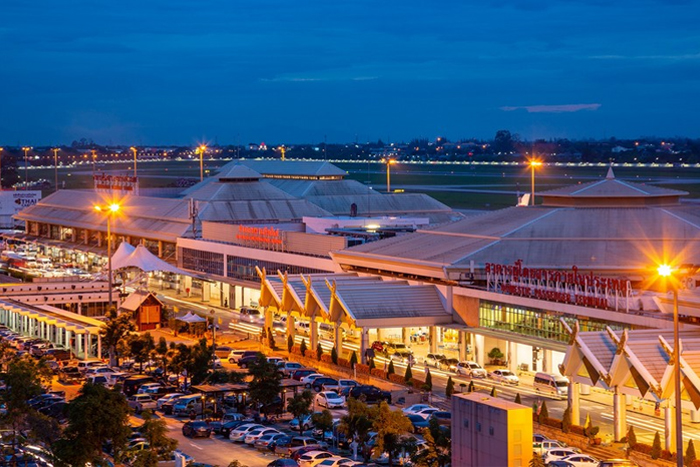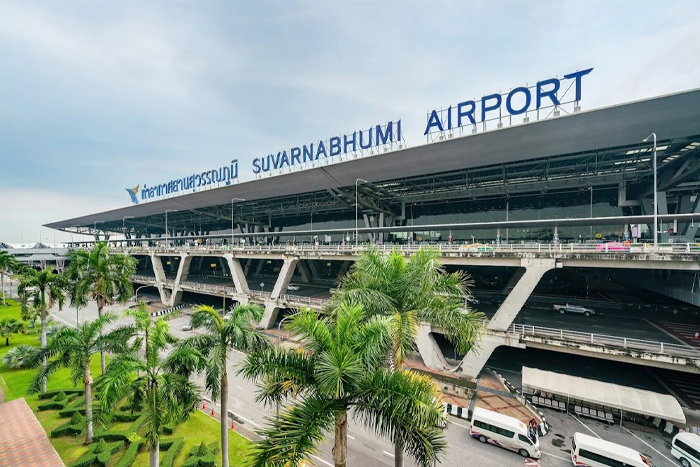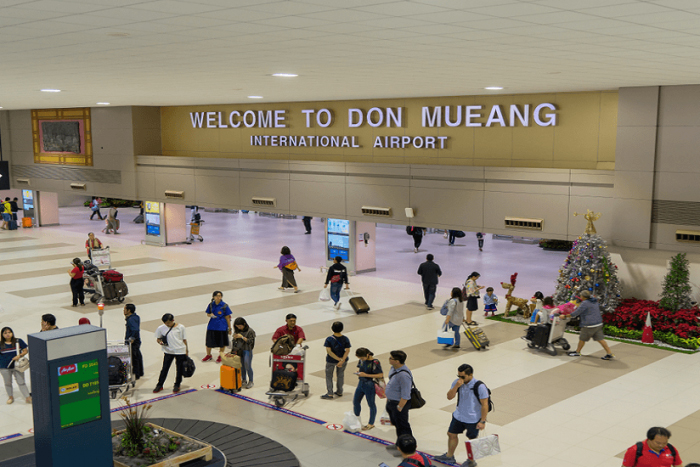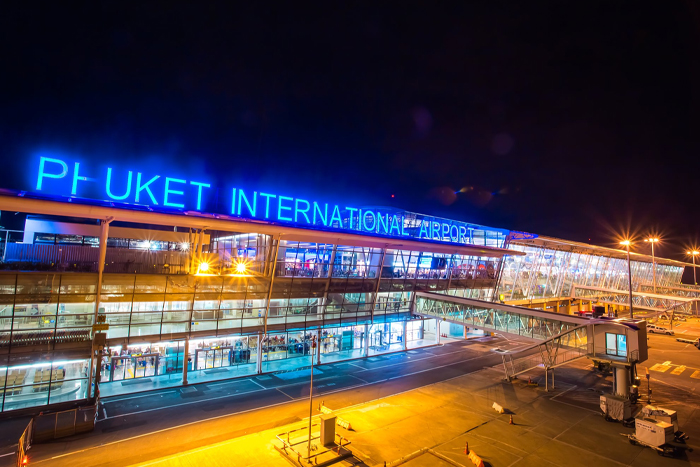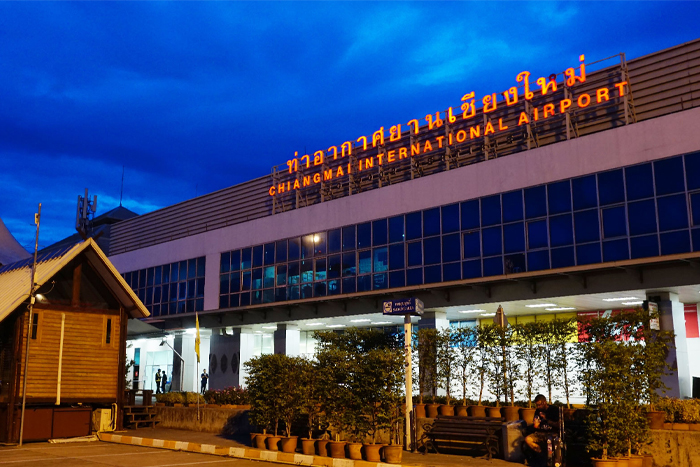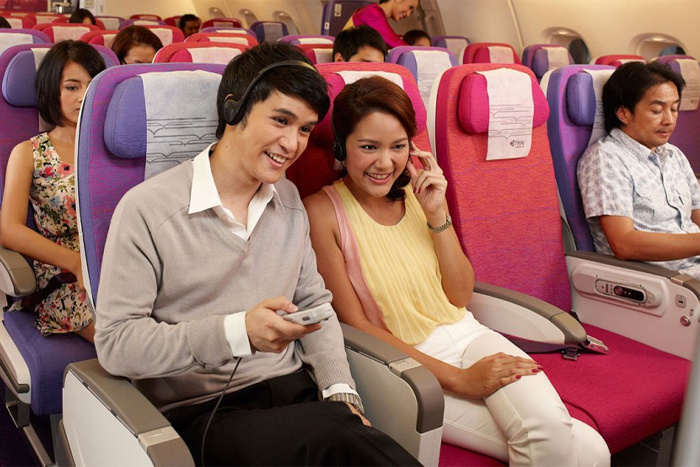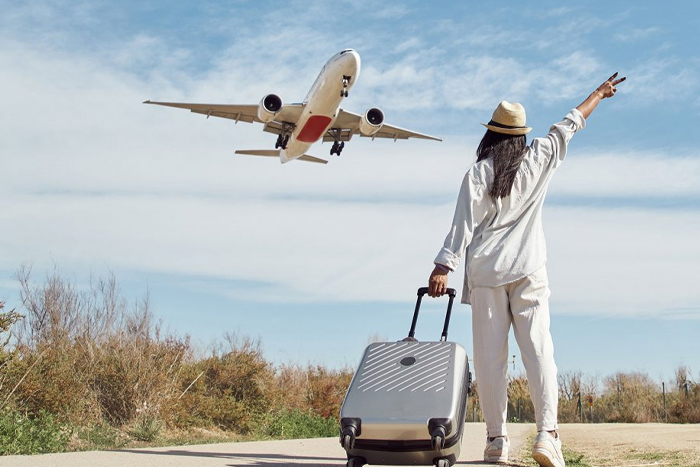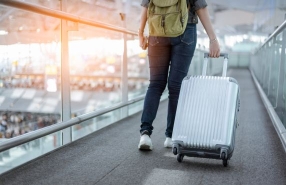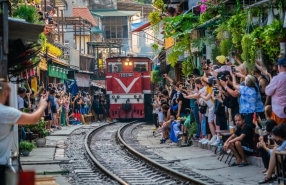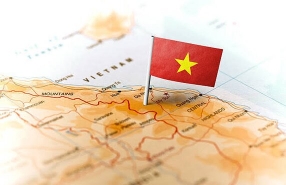Thailand welcomes millions of travelers each year, drawn by its beautiful landscapes, rich culture, exquisite cuisine, and warm hospitality. As air travel is the preferred method of reaching Thailand, understanding the country's main airports is essential. Which are Thailand's primary airports? How can you reach cities from these airports? What services and facilities are available? Which airlines are recommended? This guide provides all the necessary information about airports in Thailand to help you plan your trip.
I. Overview of Thailand's airport system
Thailand's airports form an extensive and modern network that plays a crucial role in the country's economy, particularly in the tourism industry. With over 30 commercial airports, including 7 international ones, Thailand's airport system efficiently connects different regions of the country and facilitates international connections. Airports of Thailand (AOT), a public company, manages the six main airports in Thailand and ensures high standards of service and safety. The Civil Aviation Department oversees regional airports, providing vital connectivity for less populated areas. This well-developed network allows travelers to easily explore Thailand's diverse regions, from southern beaches to northern mountains, and from central to northeastern cultural sites.
II. Thailand airports: Main International Airports
1. Suvarnabhumi International Airport (BKK)
Opened in 2006, Suvarnabhumi International Airport (BKK) is the crown jewel of Thai airport infrastructure. With an annual capacity of 45 million passengers, it's the country's main international hub. Located 30 km east of Bangkok, it's connected to the city by a modern highway and express train. The airport is known for its impressive architecture, blending modern design with traditional Thai influences. It houses numerous duty-free shops, various restaurants, and airline lounges. Suvarnabhumi is the preferred entry point for long-haul flights and serves as the main hub for Thai Airways and Bangkok Airways.
2. Don Mueang International Airport (DMK)
Don Mueang, Bangkok's former main airport, has experienced a renaissance as a hub for low-cost carriers. With a capacity of 30 million passengers annually, it's located closer to Bangkok's city center than Suvarnabhumi. Don Mueang is the main hub for airlines like AirAsia and Nok Air, offering numerous domestic and regional budget flights. Though older, the airport has been renovated to offer modern services while maintaining a more relaxed atmosphere than Suvarnabhumi. It's particularly popular among travelers seeking economical options to explore Thailand and neighboring countries.
3. Phuket International Airport (HKT)
Thailand's second busiest airport, Phuket International Airport (HKT) is the gateway to the country's largest island and its famous beaches. Located in the island's north, it handles a mix of domestic and international flights, including many seasonal charter flights. The airport has been significantly expanded in recent years to handle increasing tourist numbers. It offers a tropical ambiance upon arrival, with architecture reflecting local style and lush gardens. Travelers will find a good selection of shops, restaurants, and car rental services to begin their island stay.
4. Chiang Mai International Airport (CNX)
As northern Thailand's main airport, Chiang Mai International Airport (CNX) serves as the gateway to the "Rose of the North" and surrounding mountains. Though smaller than Bangkok or Phuket airports, it efficiently handles a mix of domestic and regional international flights. The airport reflects northern Thailand's more relaxed atmosphere, with architecture incorporating Lanna (northern Thai) style elements. It offers convenient connections to other northern destinations like Chiang Rai, as well as direct flights to several Asian countries. Travelers appreciate its proximity to Chiang Mai's city center, accessible within 15 minutes by taxi or tuk-tuk.
III. Thailand airports: Important regional airports
1. Krabi Airport (KBV)
Serving Krabi province, Krabi Airport (KBV) is a popular gateway to the magnificent beaches and islands of the Andaman Sea. Though smaller than Phuket Airport, it's experiencing rapid growth due to increasing tourism in the region. The airport offers direct flights from several Asian cities, as well as numerous domestic connections. Its relaxed atmosphere and efficiency make it a popular choice for travelers looking to avoid Phuket's crowds.
2. Koh Samui Airport (USM)
Unique in its kind, Koh Samui Airport is a private airport owned by Bangkok Airways. Its open tropical design, with buildings resembling bungalows and lush gardens, makes it one of the world's most picturesque airports. Although flight options are more limited and often more expensive due to its private status, the airport offers a memorable arrival to the paradise island of Koh Samui. It also serves as a transit point for neighboring islands Koh Phangan and Koh Tao.
3. Udon Thani Airport (UTH)
Located in northeastern Thailand (Isaan region), Udon Thani Airport is an important hub for this less touristy but culturally rich region. It offers regular connections with Bangkok and other major Thai cities. The airport plays a crucial role in business and tourism in the region, also serving as an entry point for travelers heading to neighboring Laos via the Thai-Lao Friendship Bridge.
4. U-Tapao Airport (UTP)
Located between Pattaya and Rayong, this former military airport is experiencing rapid development as a civilian airport. It serves the popular resort town of Pattaya and the industrial eastern coast. The airport is increasingly used as an alternative to Bangkok airports, offering domestic connections and some international flights. Its future development makes it a key point in the Eastern Economic Corridor, a major Thai government project.
IV. Airlines operating in Thailand
Thailand's airports host a wide range of airlines, offering exceptional connectivity to travelers. Here's an overview of the main airlines operating in Thai airports:
1. National Airlines
- Thai Airways: Thailand's flag carrier primarily operates long-haul flights from its Suvarnabhumi hub. Known for quality service, it serves numerous destinations in Europe, Asia, and Oceania. Thai Airways is a Star Alliance member, offering global connection possibilities.
- Bangkok Airways: Often called "Asia's Boutique Airline," Bangkok Airways specializes in regional flights to key tourist destinations in Thailand. It owns Koh Samui, Sukhothai, and Trat airports, offering unique access to these destinations. The airline is known for personalized service and complimentary lounges for all passengers.
2. Low-cost Airlines
- AirAsia Thailand: A subsidiary of the Malaysian low-cost giant, AirAsia Thailand dominates the budget flight market in Thailand. With extensive domestic and regional coverage, it primarily operates from Don Mueang. The airline is popular for competitive fares and wide destination range.
- Nok Air: A Thai low-cost carrier, Nok Air primarily focuses on domestic flights. Recognizable by its aircraft decorated with bird beaks, it offers casual service and attractive fares. Nok Air also serves some regional destinations.
- Thai Lion Air: A subsidiary of Indonesia's Lion Air, Thai Lion Air offers low-cost domestic and international flights. It positions itself as a direct competitor to AirAsia, offering similar services with a rapidly growing fleet.
3. International Airlines
Thailand's main airports, particularly Suvarnabhumi, host a wide range of international airlines. Gulf giants like Emirates and Qatar Airways offer connections to Europe and beyond via their hubs. European carriers like Lufthansa, British Airways, and Air France serve Bangkok directly. Asian airlines are also well-represented, with major players like Singapore Airlines, Cathay Pacific, and Japan Airlines. This diversity offers travelers great flexibility in route choices and fares.
V. Practical tips for travelers at Thai Airports
1. Preparation before arrival
Preparation is key to a smooth airport experience in Thailand. Always have your boarding pass and passport handy. The immigration card, typically handed out on the plane, can be filled out in advance to save time. Pro tip: write down your accommodation address in both Thai and English, as it will be requested several times.
2. Passing through immigration
Immigration is often your first real experience in Thailand. Lines are divided between foreigners and Thai nationals, with wait times varying from 15 to 45 minutes depending on the crowd. A photo will be taken during the check, so stay natural. Important: keep the "departure" portion of your immigration card safe—it will be required when you leave the country.
3. Baggage claim
This step is well-organized in Thai airports. Free carts are available right after immigration, and display screens clearly indicate the corresponding baggage carousel for your flight. For added convenience, red-vested porters can assist you for 100-200 baht, a useful service if you have heavy luggage.
4. Transportation options
Thailand offers a variety of options for leaving the airport. Official taxis are required to use meters, with an additional airport surcharge of 50 baht. At Suvarnabhumi, the Airport Rail Link provides a fast alternative to the city center. Public buses and hotel shuttles are also economical options. Ride-hailing apps like Grab are popular and reliable.
5. Customs and currency exchange
Thai customs can be strict, so avoid bringing prohibited items. For currency exchange, opt for official exchange booths inside the airport, as they generally offer better rates than those outside. Be cautious of unofficial money changers offering their services.
6. Additional tips
Given Thailand’s hot and humid climate, keep a water bottle with you. Use the restrooms before passing through customs, as the queues can be long. For international flights, it’s recommended to arrive at the airport three hours before departure, especially during peak hours. Lastly, avoid unofficial taxis that may approach you—they can be unreliable.
Thailand awaits you with its paradise beaches, ancient temples, and enchanting cuisine. Thanks to this practical guide to
Thai airports, you now have all the essential information to begin your journey smoothly. The shared tips will help you navigate the country easily from your arrival. All that's left is to pack your bags and set off to discover this fascinating country. For a satisfying experience that exceeds your expectations, please CONTACT ATOUR ASIA,
Thailand Travel Agency now.
What baggage is allowed on the plane?
Airlines serving Thai airports apply strict baggage rules. What are the rules for airline baggage in Thailand? In the cabin, you can generally bring one carry-on bag weighing maximum 7 kg (55 x 40 x 20 cm) plus one personal item. Liquids are limited to 100 ml per container. For checked baggage, the standard allowance in economy class is 20-23 kg, with more generous limits in business class (30-32 kg) and first class (up to 40 kg). Always check your specific airline's conditions before departure, as allowances and permitted dimensions may vary. Fees apply for any additional or oversized baggage.
How much does a Thailand trip cost?
How much does a Thailand trip cost? To establish a realistic travel budget for Thailand, it's wise to divide your expenses into several main categories: international flights, accommodation, domestic travel, sightseeing and leisure activities, and dining. Costs fluctuate considerably depending on your length of stay, chosen season, and travel style - solo, couple, or group. Interestingly, group travel can often reduce certain expenses, particularly for accommodation and private transport.

